
What are pawns used for in chess?
It has been said that pawns are the soul of chess. But what exactly is the job of the weakest, yet most numerous soldiers on the board?Introduction
Pawns are special pieces. They are the low of the lowest (they are not even considered pieces!) but, at the same time, have the ability to become the best of the best, upon promotion. Unlike other pieces, there are tons of them, but they move slowly and control very few squares. What does this mean when it comes to understand how to use pawns effectively, and for their designed purpose?
What are pawns used for?
As with everything in chess, there are exceptions to the exceptions to the rules, and pretty much any piece can do anything in the right conditions (such as a king being used for a mating attack, or a knight being well placed in a corner). Nevertheless, there are situations that are most common, and important to know.
Pawns, given their short-range nature, but huge quantity, have a natural tendency for being used for defence / control. This makes sense - to attack, you need to get into the opponent's territory and, with pawns, this means a lot of time. However, since pawns control a square exactly the same number of times any other piece does (once), they are very valid for defence purposes, as even a queen is powerless to take a pawn defended by another pawn (unless she's feeling suicidal).
This means that pawns are mostly used for the restriction of the opponent's pieces. They are also useful for promotion.
Promotion
Pawns like to promote. They become much stronger pieces (typically queens) which turns the tables completely when it comes to material balance. However, this is a difficult ordeal to get through - they need to cross the whole board, get across the opponent's camp, and finally promote.
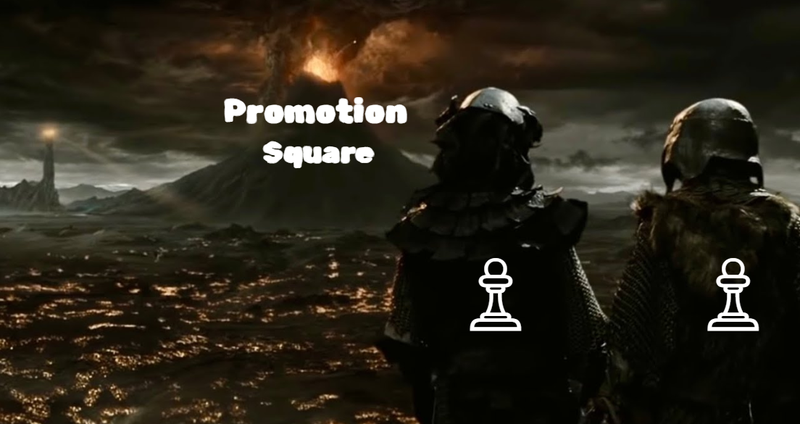
Promoting a pawn is, then, harder in a middlegame than in an endgame. There are just too many defenders to get through, and because of it they need more support. This means that, and citing Capablanca, "A passed pawn increases in strength as the number of pieces on the board diminishes".
Piece restriction
In a middlegame, pawns are used mostly for the control of important squares of the opponent's pieces (piece restriction). If you think about it, why is one of the three main rules of the opening "control the center with pawns" and not "control the wings with pawns"? The reason is simple - there is nothing too special about the pawns themselves on the central squares, but those squares are the ones where the opponent's pieces would really shine and, by taking those squares away from them, the pawns become great pieces, indirectly. Consider the following position:
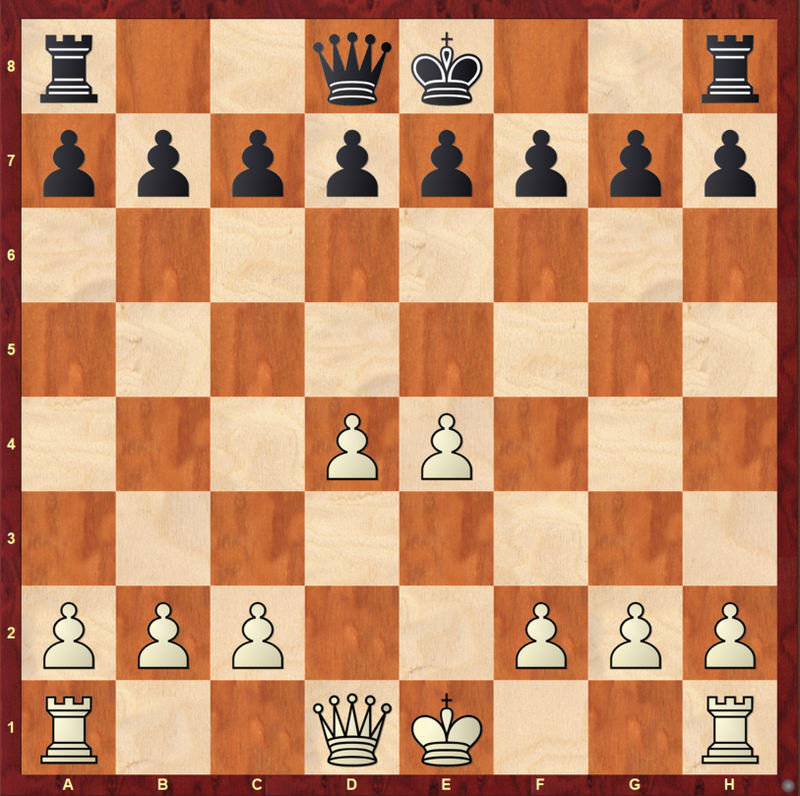
Even with White being the side to play, Stockfish evaluates this as basically nothing (0.1 at depth 37). If you put back all the minor pieces in their initial squares, that evaluation jumps to +1. This really shows that its not about the space itself, but the lack of squares for the opponent's pieces (and, admittingly, quicker development for White if the pieces are already open by the pawns).
Good pawn play means using pawns to make the opponent's pieces miserable.
This is the core of middlegame pawn play, and will be my focus of attention in the following examples.
Examples
I will show a couple of examples in two different ways: First, I will start with positions from well-known openings, where the restriction of pieces by pawns is key for the evaluation of the position. Afterwards, I will show examples from my own games.
Italian Giuoco Piano
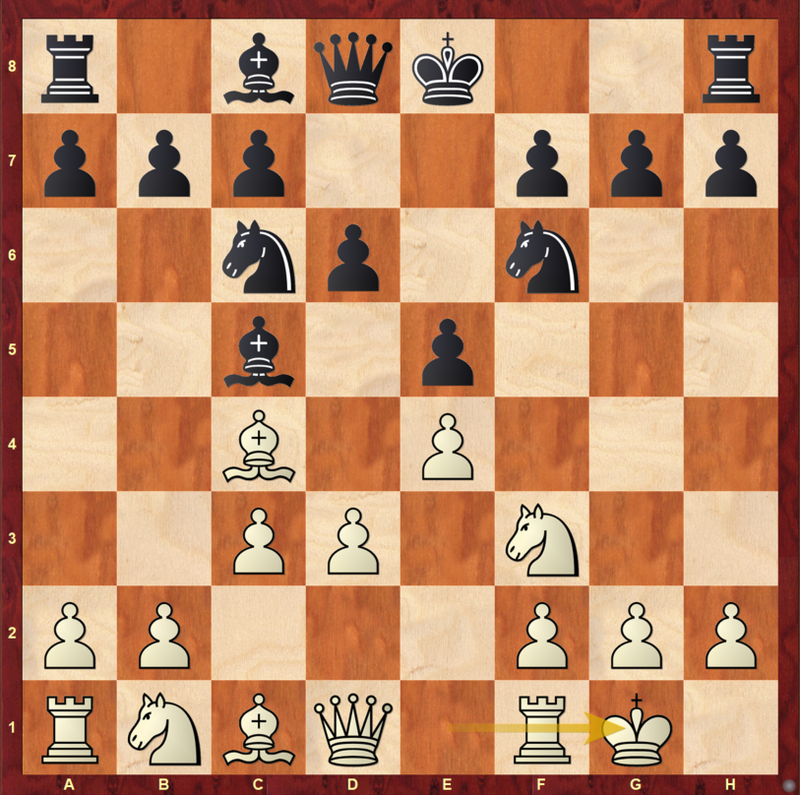
This position, arising from the Italian, might be familiar to you, and is obviously extremely popular and topical. Why would White be able to claim any kind of advantage at all when Black has no weaknesses, has a share of the center, and has developed pieces? The reason is simply the knight on c6 - being dominated by the c3-pawn, this knight is the problem piece in many positions of the Italian and Ruy Lopez, which has the same structure.
Najdorf Defence
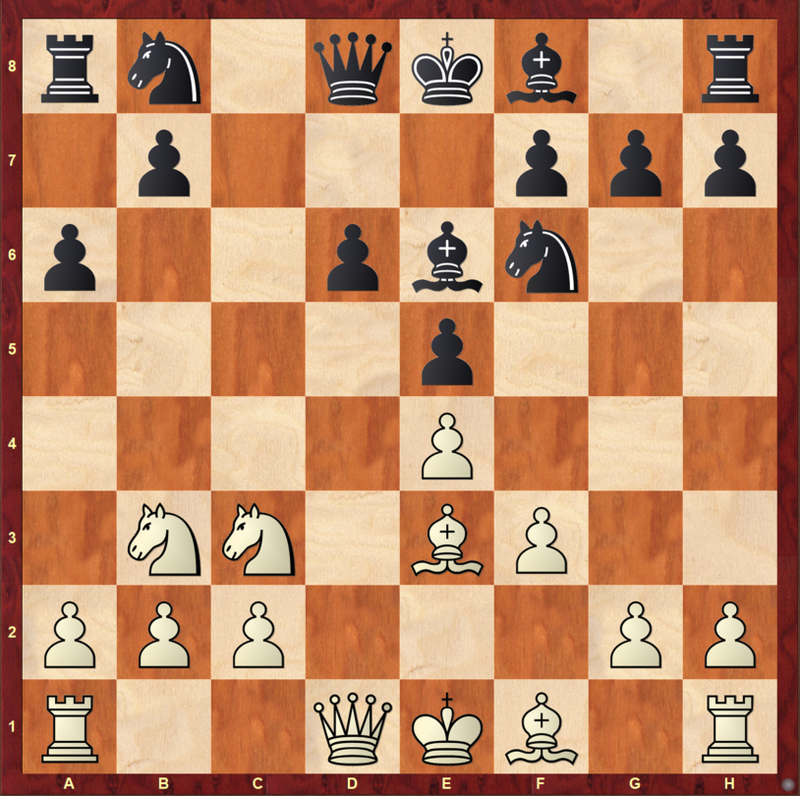
Another topical position, in which one of the main reasons for Black not being worse with the backward pawn on d6 and weakness on d5 is the horrible knight on b3, far away from the important squares, and nicely restricted by the d6 and e5 pawns.
Berlin Defence
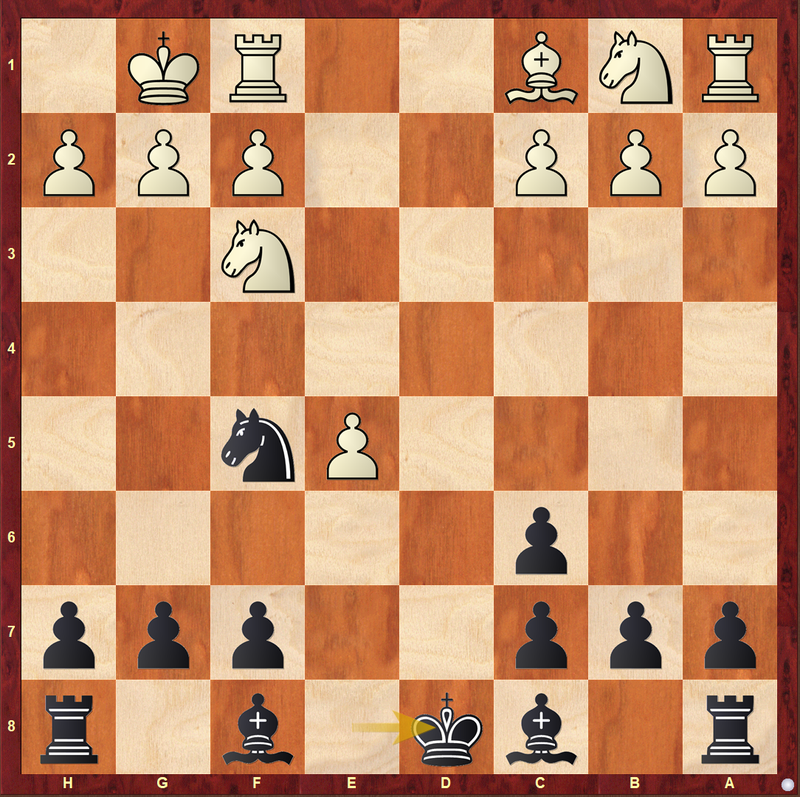
This is the mainline of the Berlin Defence. At first glance, it would seem that Black is busted, since the king is stuck in the middle of the board, and the pawn structured is crippled. However, there are two big trumps for Black - The bishop pair, and the fact that White's e-pawn is on e5! Being on a dark square means that White's control over the central light-squares is greatly diminished, which in turn means that Black's unopposed bishop is free to rule the board.
Consider the following sequence of moves, also in the Berlin.
In the final position of this line, which represents the reason why Black does not take on d4 on move 5, White is winning. Why? Black has two pawns and a rook for the minor pieces, so it should not be too bad right? The issue is, again, the e-pawn. Here, it does not restrict the c1 bishop, which means that once it goes to f4, Black is totally busted. Were you to place the pawn back on e5, White's advantage would be greatly diminished.
Now onto a couple of examples from games, before I leave you with some exercises to think on your own.
Piccoli, L - Sousa, A, Roquetas Open 2025
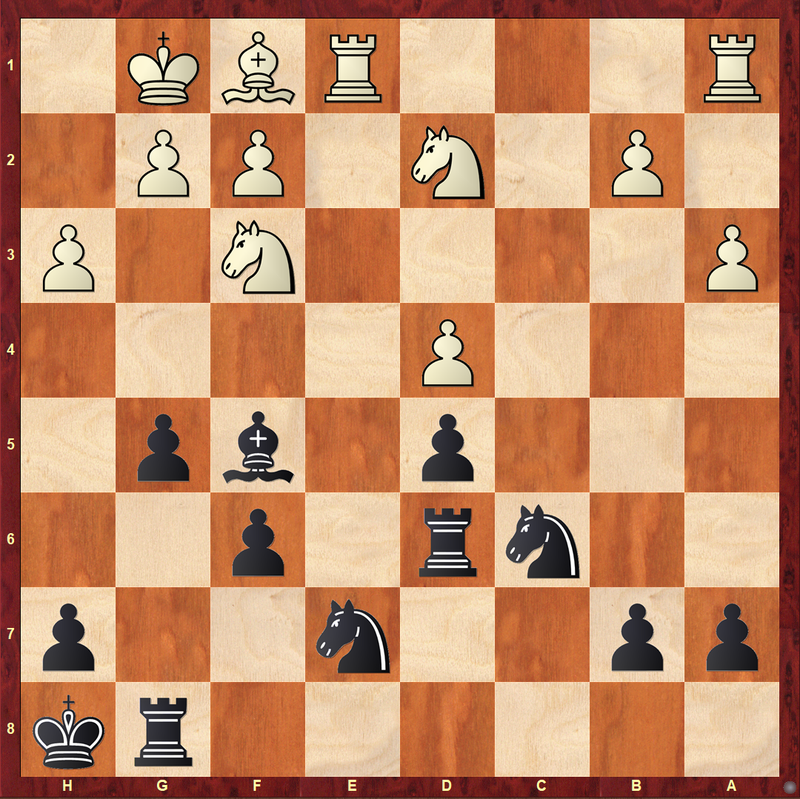
Black is better, even though the structure is symmetrical, and White's pieces are almost all developed. The main reason is precisely how they are developed - namely the knights. Both knights are badly restricted by Black's pawns, and will continue to be kicked around by moves like h5 followed by g4. In the game, I eventually grew my advantage to a sizeable size but eventually played badly and lost.
Unuk, L - Sousa, A, Spanish Team Championship 1 Division 2024

Black is much better, and I soon was totally winning. Even though Black is a pawn down, that is hardly felt at all - after all, pawns are used for restriction and here they are restricting absolutely nothing. The game continued 15...Qa5 and after the mistake 16.Bd2, Black is winning with 16...Bh6! when all pieces come in through the dark squares harmoniously. The game ended in a draw after many bad moves on both sides.
Silva, J - Sousa, A, Famalicao Open 2024
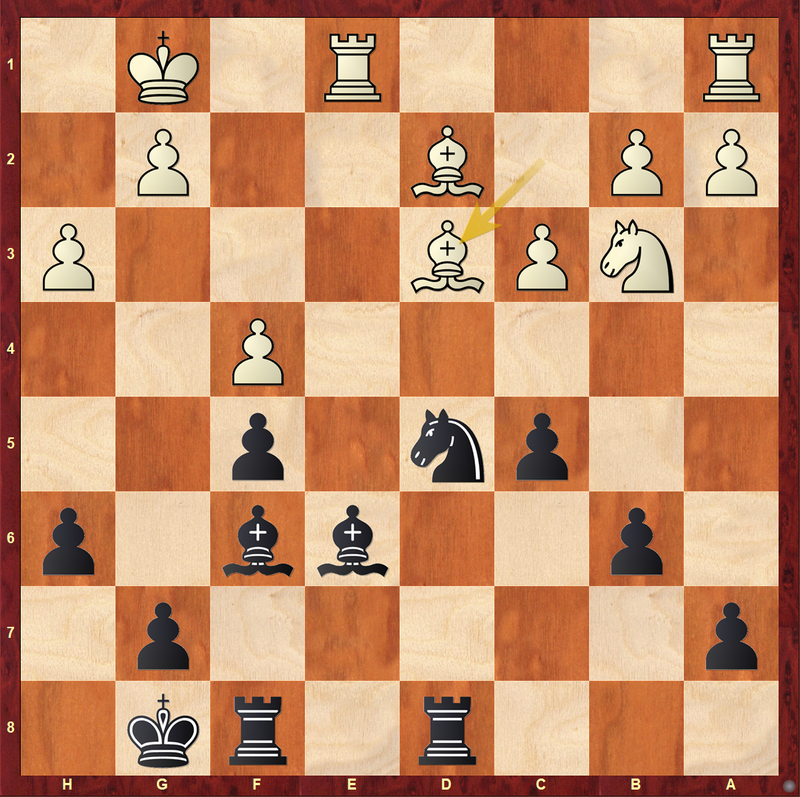
Black is basically winning. Even though the structure is symmetrical, again, White's pieces are just so horribly stuck (especially the knight) that Black will easily break through by hoarding all the space, while keeping sure none of White's pieces are able to come alive. I won rather comfortably.
Exercises
Here are some positions to think about. The solutions will be at the end of the post, but I encourage you to think for yourself, and even comment your solution, before checking them.
1.Sousa, A - Romaris, J, Famalicao Open 2024
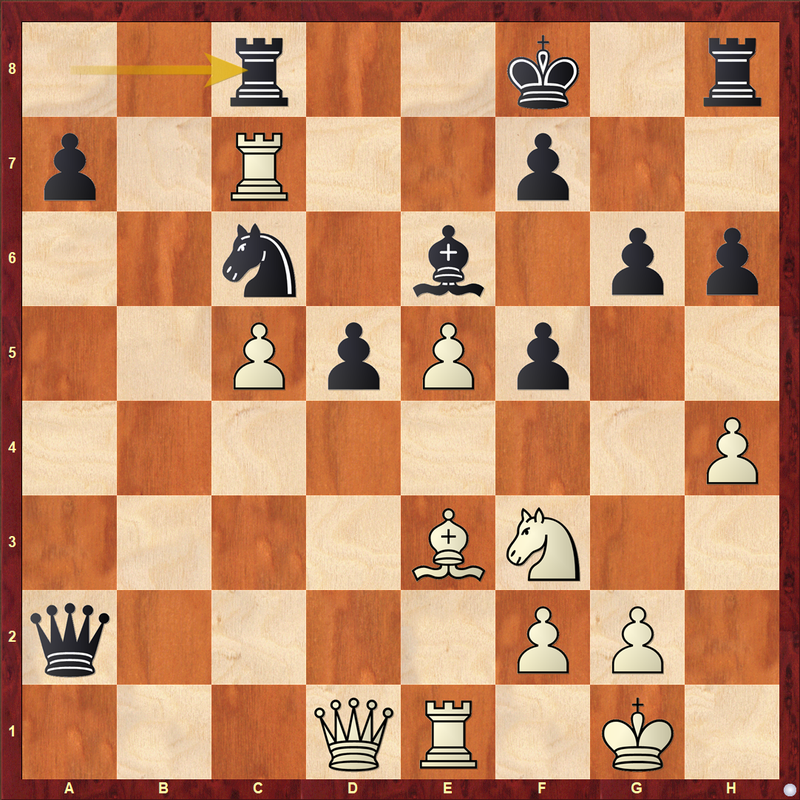
White to play
2.Karamsetty, J - Sousa, A, Reguengos de Monsaraz Open 2023
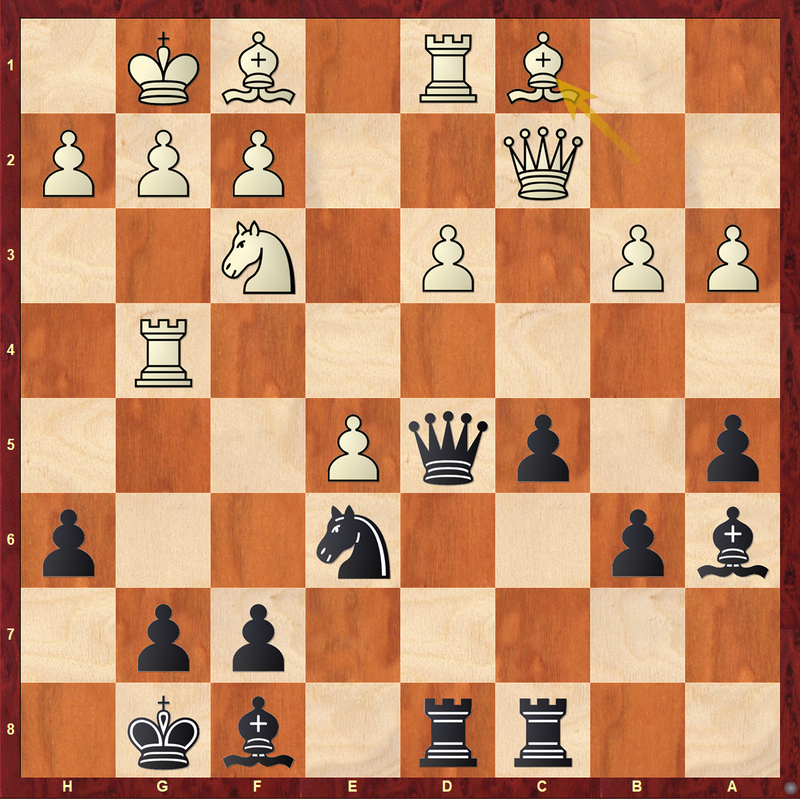
Who is better and why?
3.Sousa, A - Rosado, R, Roquetas Open 2023
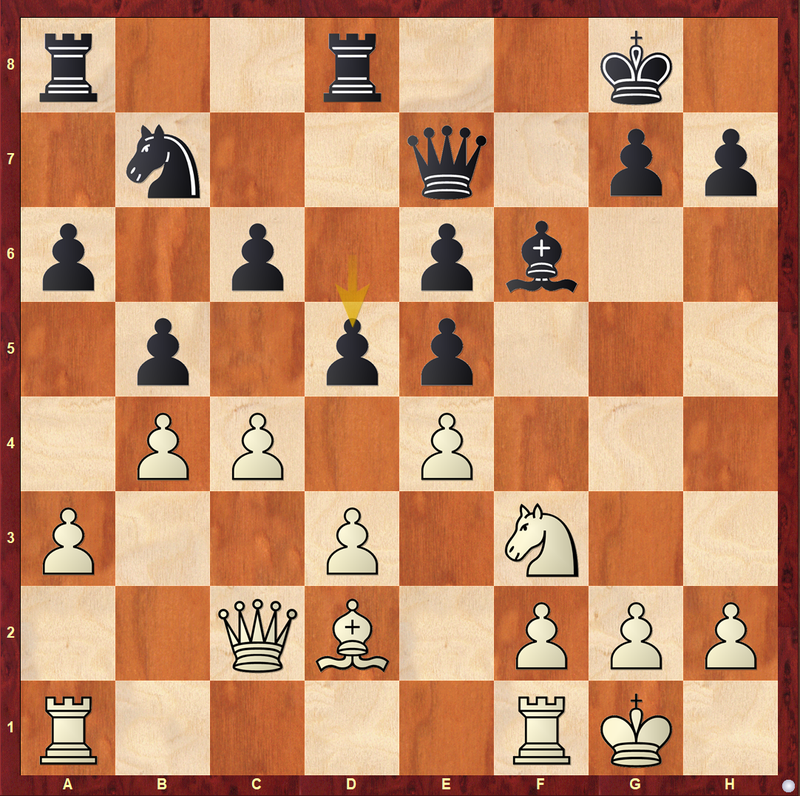
White to play
Solutions
1.White is totally winning after 21.Rxc8+ Bxc8 22.e6! Bxe6 23.Nd4. Two pawns down do not matter, when none of them are restricting any of White's pieces and, by taking advantage of the opposite coloured bishops, White will mate Black is short order.
2.Black is nicely better. Again, even though White is a pawn up, since they are barely dominating any of Black's pieces, this does not factor into the position's evaluation. Black's pieces are all perfect, and there are many moves available, but the best is 23...Nd4! 24.Nxd4 cxd4 25.Qe2 Rc6! keeping an eye on the kingside and getting ready to ravage the queenside.
3.Black has a horrible piece on b7. All White needs to do is make sure it stays that way. 18.c5! And White is positionally winning - all of Black's pieces are restricted and the pawn structure is rigid. White will be free to win by gaining space everywhere, and eventually taking Black's pawns.
You may also like
 IM HelloItsDmitri
IM HelloItsDmitriIs a rook on an open file a good piece?
Rooks on open files are not the full story when it comes to define whether a rook is well placed. In… OnTheQueenside
OnTheQueensideHow many women have beaten super-GMs?
It's happened over 50 times! IM HelloItsDmitri
IM HelloItsDmitriConfirmation Bias - What is it, and how does it apply to chess?
Confirmation Bias is one of the more than a hundred cognitive biases that human brains are victims o… CM HGabor
CM HGaborHow titled players lie to you
This post is a word of warning for the average club player. As the chess world is becoming increasin…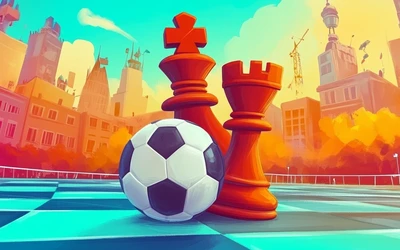 FM MathiCasa
FM MathiCasaChess Football: A Fun and Creative Variant
Where chess pieces become "players" and the traditional chessboard turns into a soccer field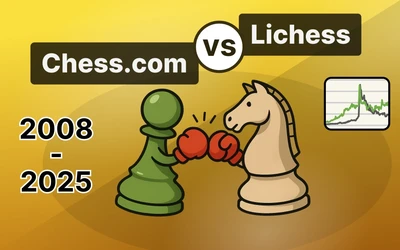 ChessMonitor_Stats
ChessMonitor_Stats